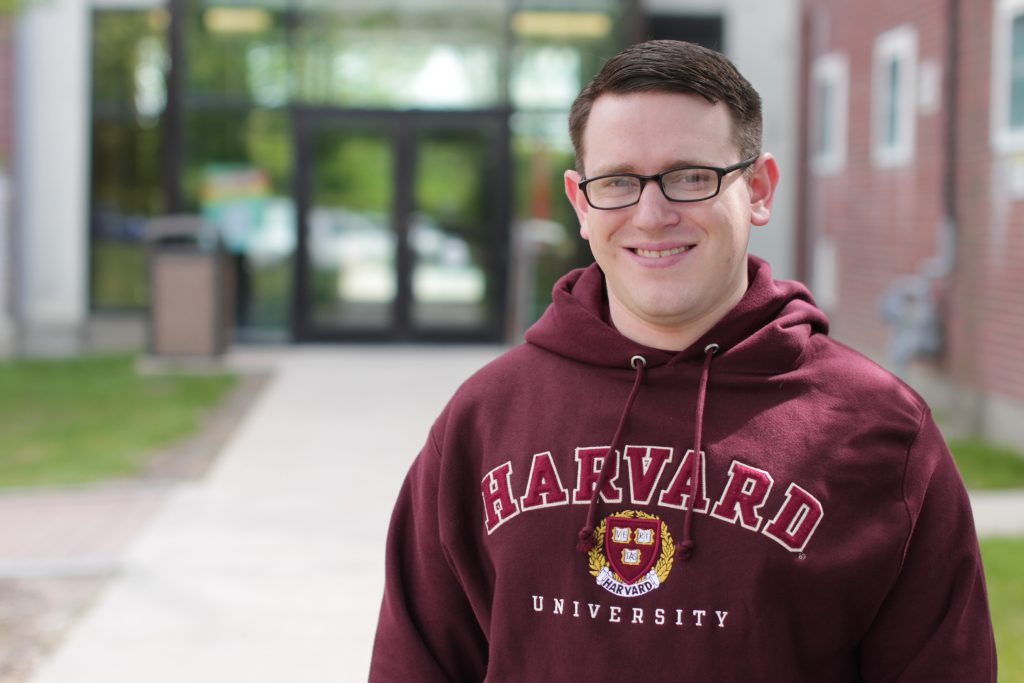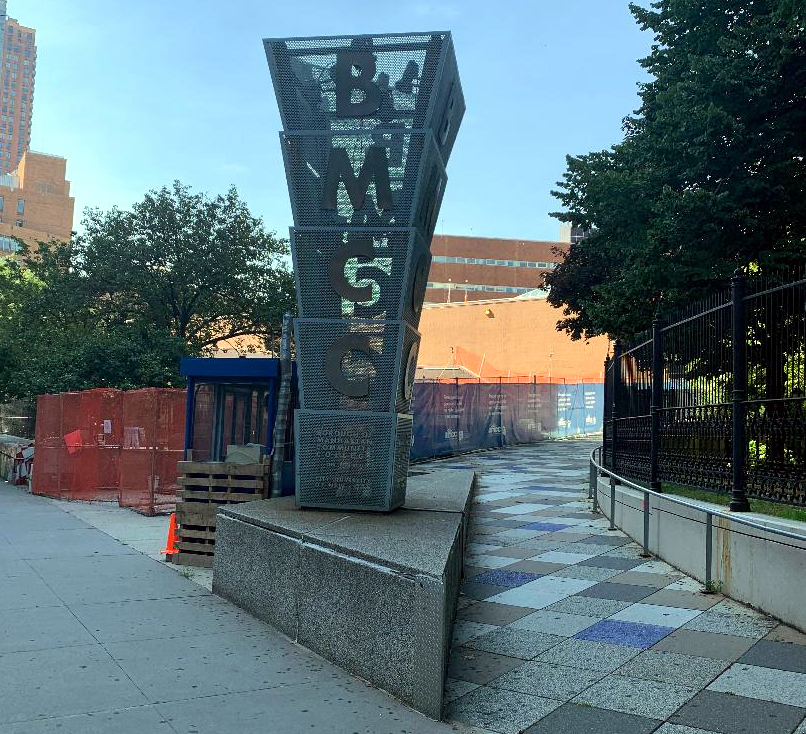Jillian M. Bellovary, Ph.D., Assistant Professor in the Department of Physics at Queensborough Community College, has authored a paper, The Origins of Off-Center Massive Black Holes in Dwarf Galaxies, published in the Monthly Notice of the Royal Astronomical Society (MNRAS), one of the world’s leading astronomy journals.
 Bellovary (pictured), who is also a theoretical physicist and resident research associate at the American Museum of Natural History, offered a synopsis of the results. “In my prior work, I found that some massive black holes in dwarf galaxies are off-center. In this work, we traced the evolution of off-center massive black holes in dwarf galaxies using computer simulations and discovered that the reason for off-center locations is mainly due to galaxy-galaxy mergers. In the resulting chaos, the black hole ends up off-center, orbiting on the outskirts of the galaxy. I’m trying to give my fellow scientists with telescopes an easier time of detecting these elusive massive black holes.”
Bellovary (pictured), who is also a theoretical physicist and resident research associate at the American Museum of Natural History, offered a synopsis of the results. “In my prior work, I found that some massive black holes in dwarf galaxies are off-center. In this work, we traced the evolution of off-center massive black holes in dwarf galaxies using computer simulations and discovered that the reason for off-center locations is mainly due to galaxy-galaxy mergers. In the resulting chaos, the black hole ends up off-center, orbiting on the outskirts of the galaxy. I’m trying to give my fellow scientists with telescopes an easier time of detecting these elusive massive black holes.”
She continued, “Discovering massive black holes in dwarf galaxies help us understand how supermassive black holes form and grow in the early universe, which is a very hard thing to study directly.”
Included in the author list are postdoctoral researchers and professors as well as students who participated in Queensborough’s Research Experiences for Undergraduates (REU) program. The student authors are: Sarra Hayoune, Stevens Institute of Technology, New Jersey; Katheryn Chafla, University of Connecticut; Donavan Vincent, Manhattan College; and former Queensborough student, Michelle Luzuriaga,’19, now at Queens College.
Luzuriaga, who participated in the program in 2018, said, “Being part of this team was an amazing experience. Science can be a very daunting field in other settings but in this program I never felt discouraged thanks to my teammates and outstanding mentors.”

“Studying black holes,” Luzuriaga explained, “is important to everyone because, among many other reasons, it helps us gain a better understanding of our universe, both past and present.”
The Research for Undergraduate (REU) program begins in late May and runs through early August. In May students devote several days to learn basic coding and how to use GitHub, a computer simulation program used to predict the behavior of something physical, in this case, black holes.
The simulation code is called ChaNGa, a tool used to create simulated galaxies. It solves physics equations, using NASA’s supercomputers. Each simulation takes a few months to run. Through a coding language, python, students measure the properties of the galaxies and the black holes.
A strong proponent of diversity and inclusion in the sciences, Bellovary said she enjoys exploring her research interests while continuing to actively teach and mentor marginalized students. “I am so proud to have worked on this paper with such a diverse group of talented, hardworking students—we are a great team!”





Facebook Comments